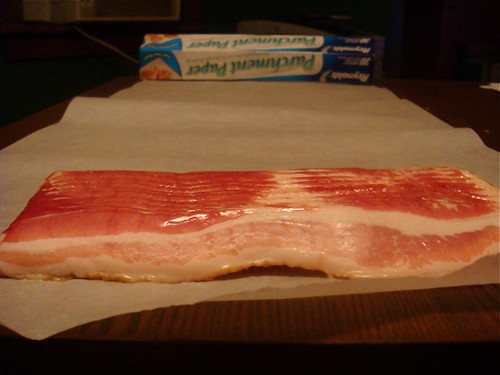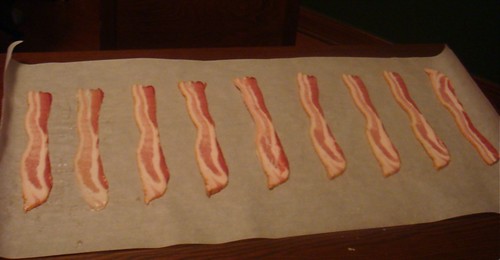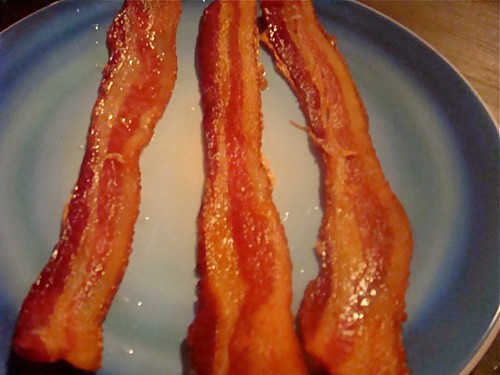
Roasted peppers are expensive to buy. And the quality is generally mediocre. Why spend money on something mediocre, when you can easily do it better at home?
All you need to roast a pepper are:
A Pepper
Fire or Heat
Tongs
A Brown Bag
Oil
You have two options for roasting: oven & open flame.
Fire

Clearly, it's much more fun to roast something over an open fire, so let's start there. Turn your gas burner on high (sorry, electric range users, no fun for you- go to the back yard and build a campfire...). Grip the stem of the pepper with the tongs, and place over heat. Rotate when the sides begin to blacken. You're going to need some courage here- there will be smoke and burning. Enjoy it.
When all sides are blackened, place pepper in a brown paper bag. Roll the top. Let the pepper cool in the bag for 15 minutes. This will allow the pepper to cook through, and the steam will help separate the skin from the flesh. To fully remove the skin, rub the sides of the bag. The friction will expose most of the flesh- use your fingers to do the rest.
Heat

A less fun, if more elegant, method for roasting a pepper is to use your oven. Brush the pepper with vegetable oil, and place on a baking sheet. (To avoid messy cleanups, you might want to line the sheet with aluminum foil.) Put that in a 400 degree oven. Every 10 minutes, use your tongs to turn the pepper. After about 45 minutes, you'll have a wonderfully roasted pepper.
No need to for the brown bag here, as the pepper will be more evenly cooked. Simply allow the pepper to cool, and then peel off the skin.
After that, remove the stem and seeds- they will be very easy to get rid of. Serve warm or cold. Or mixed into something else. However you want to. They're very good.


































